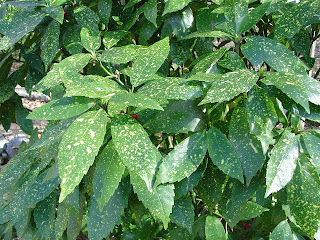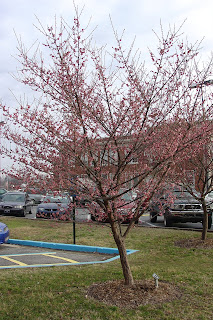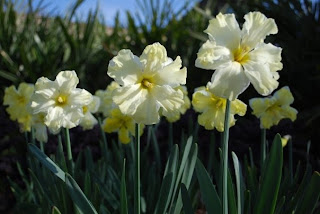 Apples are easy to grow with a little planning. Select the varieties based on what you like to munch on. Visit the local supermarket and buy several to sample. Some apples taste better in pies and in sauce. Some varieties have a short shelf life and must be consumed within a few weeks after picking or purchase. Favorites like ‘Granny Smith’ and ‘Rome’ are good for eating, baking pies and making sauce.
Apples are easy to grow with a little planning. Select the varieties based on what you like to munch on. Visit the local supermarket and buy several to sample. Some apples taste better in pies and in sauce. Some varieties have a short shelf life and must be consumed within a few weeks after picking or purchase. Favorites like ‘Granny Smith’ and ‘Rome’ are good for eating, baking pies and making sauce.
How long are you willing to wait? Apple trees grafted on seedling rootstocks begin bearing fruit in 7-8 years. Varieties grafted to dwarf (grow 9 feet tall) or semi-dwarf (12-15 feet tall) rootstocks begin bearing a crop within 3 years.
Young trees should be allowed to grow and never permitted to bear fruit. Space semi-dwarf trees 15-18 feet apart and dwarf trees at least 8-10 feet apart. Plant two or more different varieties for adequate cross pollination.
Plant trees either in late winter (before spring) or in the autumn in an open sunny site. Mulch trees to 2- 3″ depth with a minimum 18 inches diameter around each tree trunk. In late fall pull mulch away and loosely wrap the tree trunk to a 2 foot height (add another foot if you live in heavy snow zone) with hardware wire (cloth) to prevent rabbits and pine voles (mice) from chewing on the tender sugary bark of a young fruit tree.
Finally, order trees early and request delivery before the first day of spring.
Check with your local Extension agent or agricultural university for additional information about growing apples.
Popular apple varieties:
Gala-yellow-orange to red /fresh/early
Empire -dark red over green background/ fresh, cooking/ early
Red Delicious -red/fresh/early midseason
Jonagold-yellow with light red stripes /fresh, cooking /midseason
Golden Delicious-yellow green to light yellow/fresh, cooking /midseason
Fuji -green with red stripes/fresh /late midseason
Stayman-blush to red /fresh, cooking/late
Rome-blush to red /fresh, cooking /late
Granny Smith -greenish-yellow/fresh,cooking/late
 Photo credited to University of Illinois Extension
Photo credited to University of Illinois Extension
.jpg)
.jpg)




